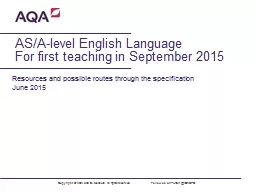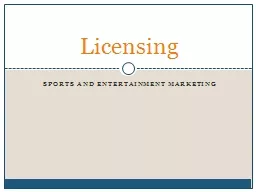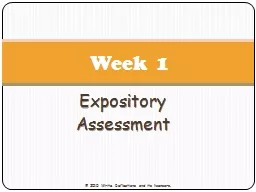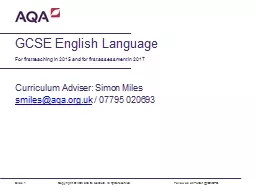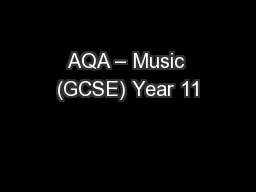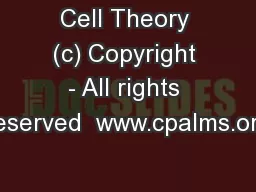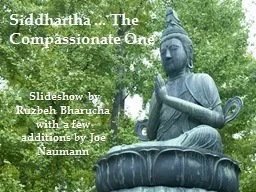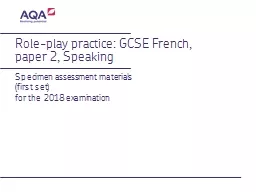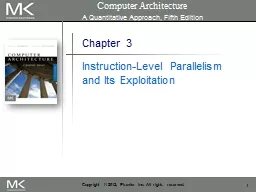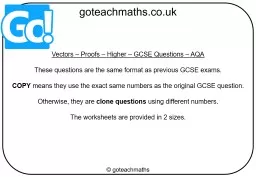PPT-Copyright © AQA and its licensors. All rights reserved.
Author : tatyana-admore | Published Date : 2019-12-25
Copyright AQA and its licensors All rights reserved GCSE English Literature Lessons from the first series June 2017 1 Autumn 2017 T his meeting will be recorded
Presentation Embed Code
Download Presentation
Download Presentation The PPT/PDF document "Copyright © AQA and its licensors. All ..." is the property of its rightful owner. Permission is granted to download and print the materials on this website for personal, non-commercial use only, and to display it on your personal computer provided you do not modify the materials and that you retain all copyright notices contained in the materials. By downloading content from our website, you accept the terms of this agreement.
Copyright © AQA and its licensors. All rights reserved.: Transcript
Download Rules Of Document
"Copyright © AQA and its licensors. All rights reserved."The content belongs to its owner. You may download and print it for personal use, without modification, and keep all copyright notices. By downloading, you agree to these terms.
Related Documents


